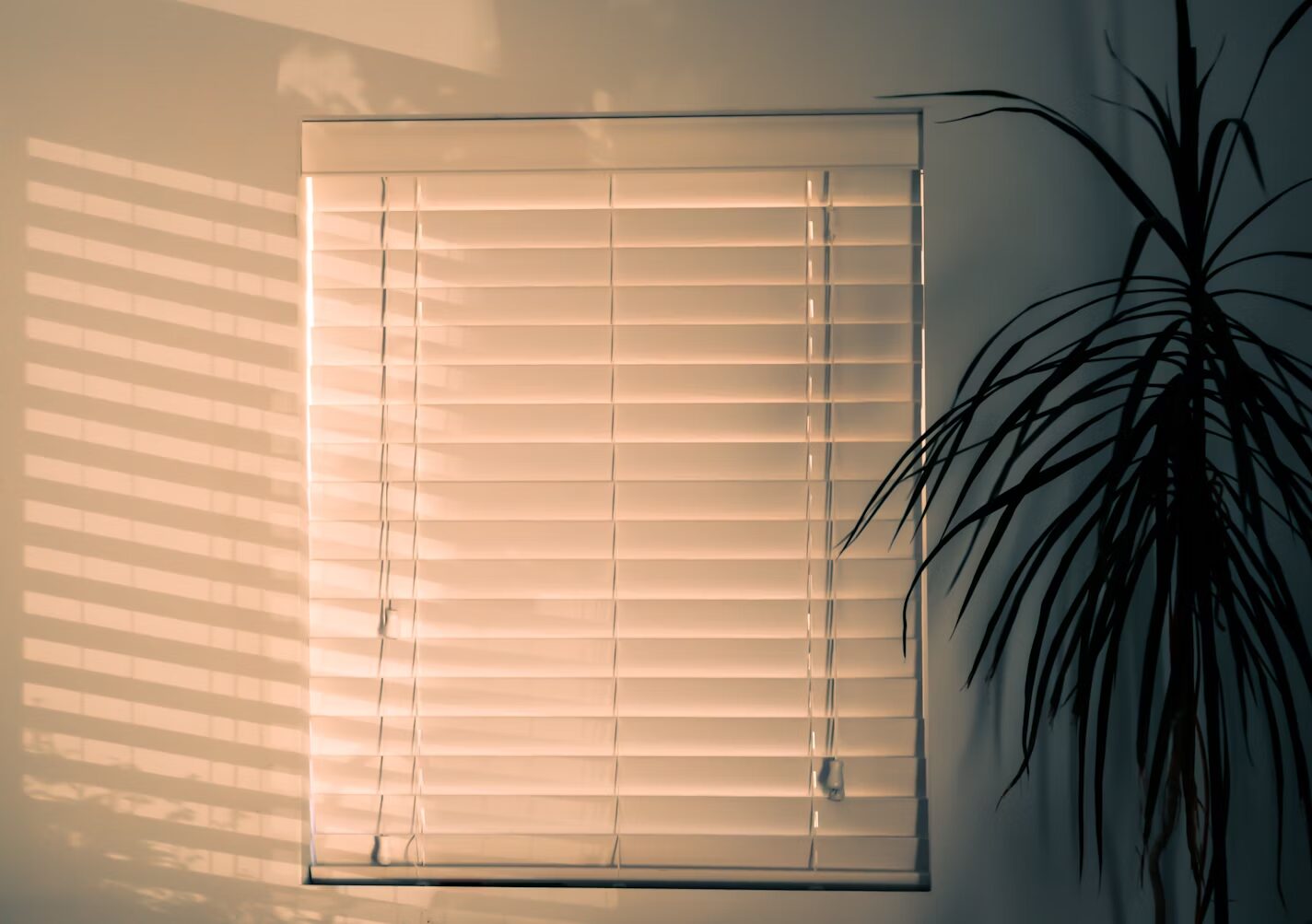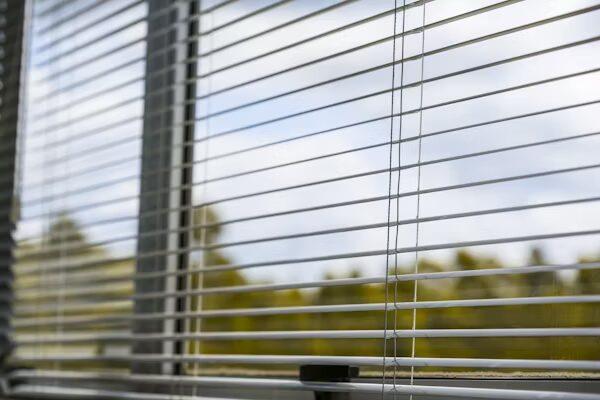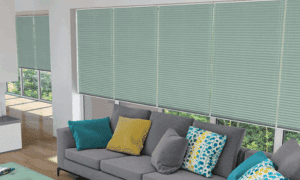Choosing between repairing your current blinds or investing in new ones can be more complex than it initially appears. Beyond the immediate cost, this decision often affects daily comfort, light control, privacy, and even property value. With so many styles, materials, and functions available, deciding what’s right for your space takes thought and care. These six tips are designed to help you navigate this decision with clarity, offering practical guidance on when fixing makes sense and when replacing offers better value and long-term benefits.
Consider the Cost-Effective Outdoor Options
Budget often drives the decision to repair or replace blinds, but outdoor areas bring unique demands. In such spaces, durability and weather resistance become top priorities. When you’re weighing your choices, take time to look into affordable outdoor blinds that combine durability with style. These options can handle sun, rain, and wind without the frequent upkeep older indoor-based blinds may require when repurposed outside. Their materials are engineered for resilience, and many modern designs offer sleek aesthetics that elevate exterior areas. For those aiming to refresh their patio, balcony, or garden space on a budget, these solutions make sense, not just as replacements but as strategic upgrades.
Assess the Condition of the Existing Blinds
Before deciding what direction to take, inspect your current blinds thoroughly. Bent slats, frayed cords, or mechanisms that no longer open or close smoothly all hint at aging parts. Some issues can be resolved with minor repairs, tightening a cord or replacing a slat may be all it takes. But when damage is extensive or affects daily usability, repairs can turn into an ongoing hassle. If blinds have faded severely or don’t function reliably after basic fixes, replacing them may be more practical. Also, consider how old the blinds are; materials degrade over time, and safety features in newer products can be significantly better. Use this as a checkpoint to gauge if patching things up is genuinely solving the problem or just delaying the inevitable.
Think About Energy Efficiency
Window coverings do more than offer privacy and control sunlight; they play a role in insulating your home. If you’re noticing higher utility bills or rooms that feel too hot in summer and too cold in winter, your blinds may be contributing to the issue. Older models often lack the insulating properties of newer designs. Some modern blinds are made with energy-saving fabrics or reflective coatings that help regulate interior temperature more effectively. Repairs might improve appearance or basic function, but they’re unlikely to transform your blinds into energy-efficient tools. Replacing old blinds with energy-smart alternatives could deliver long-term savings while making your space more comfortable year-round.
Match the Blinds to Your Lifestyle

Different households have different demands. Families with young children or pets might prefer cordless designs to avoid safety hazards. People with mobility challenges may need motorized blinds for easier operation. If your current blinds don’t fit your daily needs or present risks, it’s time to evaluate whether fixing them is worth the effort. Lifestyle compatibility isn’t always about damage; it’s about function. If you find yourself constantly readjusting blinds to block glare, or they no longer offer the privacy you expect, consider what upgrades could bring ease and peace of mind. Replacing old blinds with new ones that align with how you live can streamline everyday routines in subtle but valuable ways.
Think About Design and Aesthetic Value
Blinds play a strong visual role in a room. Whether open or closed, they affect the overall look and feel of your space. If you’ve recently redecorated, older blinds may no longer match the style or mood you’ve created. Faded fabrics, dated patterns, or clunky hardware can undermine the atmosphere you’re working toward. Repairing might fix the mechanics, but it won’t always revive a tired appearance. When aesthetics matter, and they often do, choosing new blinds can freshen up a room effortlessly. Today’s market offers sleek, minimalist options, natural textures, and custom finishes that suit every taste. Think of it as a subtle design investment that updates your space without a full renovation.
Compare Long-Term Maintenance Needs
Ongoing upkeep can quietly add to the cost and frustration of sticking with old blinds. If you find yourself regularly untangling cords, fixing alignment issues, or cleaning blinds that collect dust too easily, it might be time to reconsider. Newer blinds often feature materials that resist stains and dust, making cleaning easier. Some styles even repel allergens, which can be a bonus for sensitive households. While repairs can offer short-term fixes, they don’t always eliminate the need for constant attention. Replacing older blinds with newer models designed for low maintenance might save both time and stress over the years. Look at how much care your current blinds require and whether that effort still feels worth it.
Choosing between fixing blinds or purchasing new ones is a balancing act. It involves comparing costs, examining wear, and understanding how your blinds affect comfort, efficiency, safety, and style. While repairs may work for minor issues, serious wear or outdated design can signal it’s time for a change. Whether you’re upgrading to more functional solutions, adding visual polish to a space, or improving the durability of your outdoor areas, a thoughtful decision today can lead to easier living tomorrow. These six tips offer a grounded framework for making that choice with clarity.



































